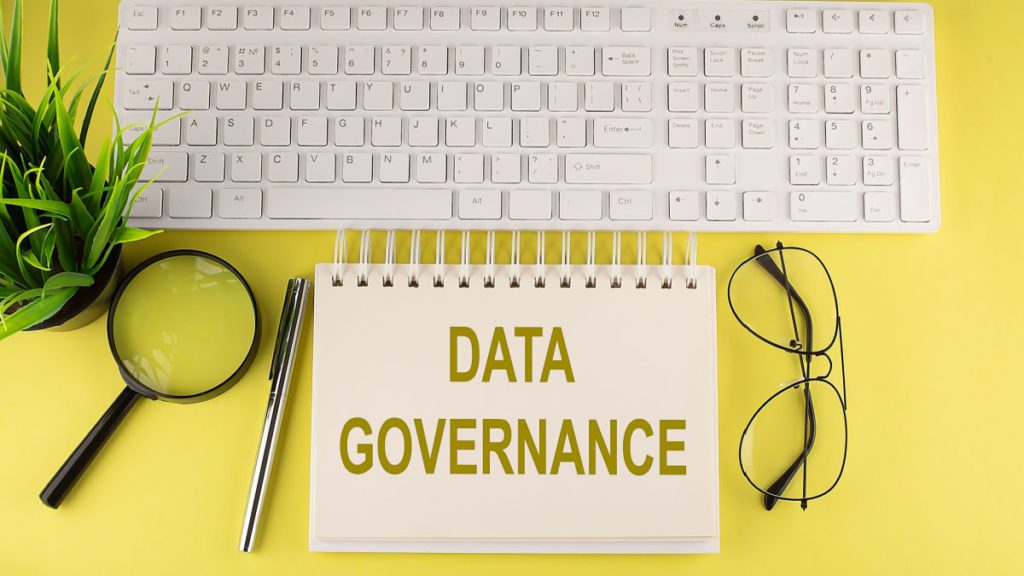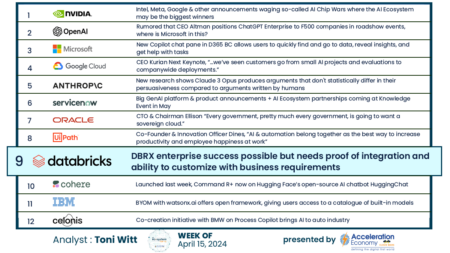
Have you ever asked for the same report from multiple analysts in your organization and received different responses about a metric, even when the same data source is used? Or perhaps seen a sales report broken down by geography and found misspellings of cities and countries? Have you ever found an error in an Excel formula, such as a numerical column suddenly containing a text value? Have you been in a situation where every single company employee had access to all human resources information? Have you ever found official, regulated reports where the data was inaccurate?
This list could go on and on. These scenarios are examples of the common consequences of a lack of data governance. Executives, directors, and other leaders must be involved and actively engaged with data governance, which encompasses data quality, privacy, and security.
Defining Data Governance
It seems that each technology company has its own version. However, according to Data Governance: The Definitive Guide by Evren Eryurek et al., “Data governance is, first and foremost, a data management function to ensure the quality, integrity, security, and usability of the data collected by an organization.”
Authors Joe Reiss and Matt Housley, in Fundamentals of Data Engineering, add that “we can expand on that definition and say that data governance engages people, processes, and technologies to maximize data value across an organization while protecting data with appropriate security controls.”
Why Executives Need to Engage
CXOs and executives should be sponsoring and championing data governance foundations and principles that should be implemented within their organizations. Every person working with data should do so according to certain guidelines, guardrails, methodology, and principles. This means that every individual working with data in any part of the data pipeline should be properly educated on how to work with data.
Organization process generating, storytelling, and analyzing data should be also aligned to those foundations and principals, as well as allowing for scalability. Bear in mind that scalability should be understood in exponential — not linear — growth. Next year your organization will have three times the data size as this current year, and the year after, it will have five times the data size of next year. Avoid thinking in terms of adding a new “database table” or something similar. The organization must be prepared to ingest, store, and analyze this exponential growth of data in a secure and diligent manner. This requires solid foundations capable of growing with data.
Finally, executives and leaders must be prepared to adopt new technologies in those highly changing environments where data grows exponentially. Technology evolves rapidly as it has to adapt to the rapid change of data and its complexity. Executives and leaders should be adaptative as well.
Final Thoughts
Any effective data governance should be developed with intention and supported by the organization. When it is developed ad-hoc, accidentally, and haphazardly, the side effects can range from untrusted data to security breaches and everything in between.
Being responsible and intentional about data governance will maximize the organization’s data capabilities and the value generated from it. It will also support the long-term business strategy of the organization and open new business opportunities.
Stay away from the headlines for questionable or downright reckless data practices. Those practices will defunct your operation sooner than expected.
Join us on October 27, 2022 for Acceleration Economy’s Data Modernization Digital Battleground, a digital event in which four leading cloud vendors answer questions on key considerations for updating data strategies and technology. Register for free here.
Want more insights into all things data? Visit the Data Modernization channel:








